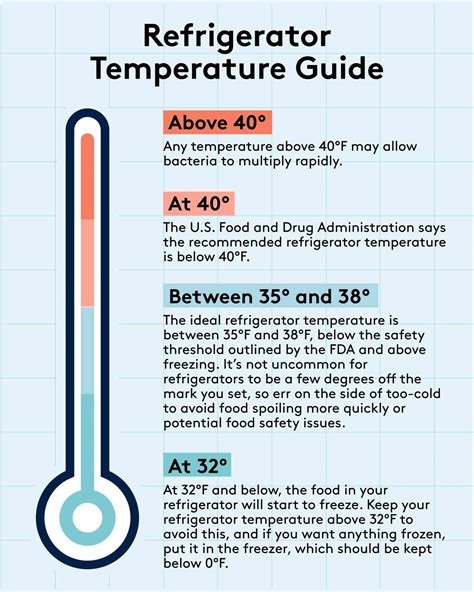Fridge Temperature Fluctuations: What to Do
Maintaining a consistent fridge temperature is crucial for food safety and preservation. Fluctuations can lead to spoilage, bacterial growth, and ultimately, food waste. If you're experiencing temperature inconsistencies in your refrigerator, don't panic. This comprehensive guide will walk you through troubleshooting common causes and providing effective solutions.
Why is My Fridge Temperature Fluctuating?
Several factors can contribute to fridge temperature fluctuations. Identifying the root cause is the first step towards resolving the issue. Let's explore some of the most common culprits:
Faulty Door Seals:
A poorly sealing door is a primary suspect. Warm air entering the fridge forces the compressor to work harder, leading to temperature inconsistencies and increased energy consumption. Check for gaps around the door seals by placing a piece of paper along the edges. If the paper slides easily, the seals need attention. Often, a simple cleaning of the seals with warm, soapy water can improve their effectiveness. If the seals are damaged or worn, replacement might be necessary.
Incorrect Thermostat Setting:
Sounds simple, but an incorrectly set thermostat is a frequent cause. Ensure your fridge is set to the recommended temperature of 35-38°F (1.7-3.3°C). Check your fridge's manual for specific instructions on adjusting the thermostat. Many modern refrigerators have digital displays that clearly show the set temperature.
Overpacked Fridge:
Overstuffing your fridge restricts airflow, hindering the compressor's ability to maintain an even temperature. Proper airflow is essential for consistent cooling. Allow sufficient space between items, and avoid blocking vents or fans.
Blocked Condenser Coils:
Located at the back or bottom of your fridge (depending on the model), condenser coils dissipate heat. Dust and debris accumulate over time, reducing their efficiency and causing temperature fluctuations. Regular cleaning – at least once or twice a year – is crucial. You can use a vacuum cleaner with a brush attachment to gently remove dust and debris.
What Happens if My Fridge Temperature Fluctuates Too Much?
Significant temperature fluctuations can have serious consequences:
- Food Spoilage: Bacteria thrive in temperatures between 40°F (4°C) and 140°F (60°C). Fluctuations within this range increase the risk of foodborne illnesses.
- Reduced Food Lifespan: Even small temperature variations can accelerate the spoilage process, leading to premature food waste.
- Increased Energy Consumption: A struggling compressor works overtime to compensate for temperature inconsistencies, increasing your electricity bill.
How to Fix Fridge Temperature Fluctuations
Addressing the identified problem is key. Here's a breakdown of solutions:
Fixing Faulty Door Seals:
Clean the seals thoroughly. If cleaning doesn't solve the problem, and you detect damage, consider seal replacement. Contact a repair technician or check your appliance manufacturer's website for replacement parts.
Adjusting the Thermostat:
Set the thermostat to the recommended temperature range. Observe the fridge's temperature for a day or two to see if the fluctuation improves.
Decluttering Your Fridge:
Remove unnecessary items to improve airflow. Organize your food strategically to prevent blockage of vents or fans.
Cleaning Condenser Coils:
Unplug the refrigerator and carefully clean the condenser coils with a vacuum cleaner and a brush attachment. If you're uncomfortable doing this, call a professional appliance repair service.
When to Call a Repair Technician
If you've tried these steps and still experience temperature fluctuations, it's time to call a qualified appliance repair technician. Persistent problems might indicate more serious issues, such as a faulty compressor, refrigerant leak, or other internal malfunctions.
Preventative Measures
Regular maintenance is key to preventing fridge temperature fluctuations:
- Clean the seals regularly: Wipe them down with a damp cloth to remove debris.
- Check the thermostat setting periodically: Ensure it remains at the recommended temperature.
- Clean condenser coils at least twice a year: This ensures efficient heat dissipation.
- Avoid overpacking the fridge: Allow for sufficient airflow.
By following these tips and addressing any underlying problems promptly, you can maintain a consistently cool and safe refrigerator, ensuring the freshness and safety of your food. Remember, early detection and intervention are crucial to prevent more significant problems and costly repairs.

